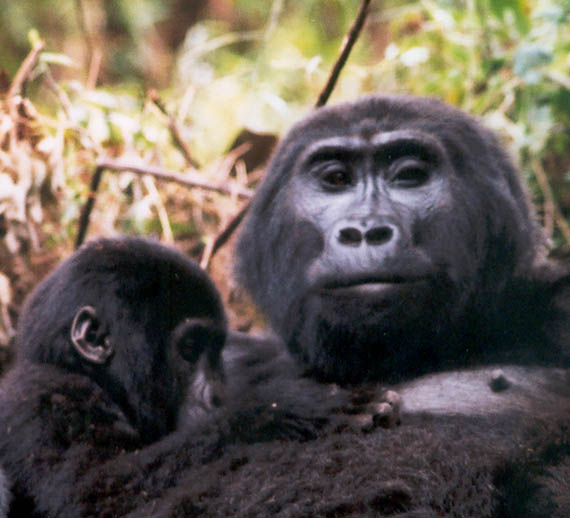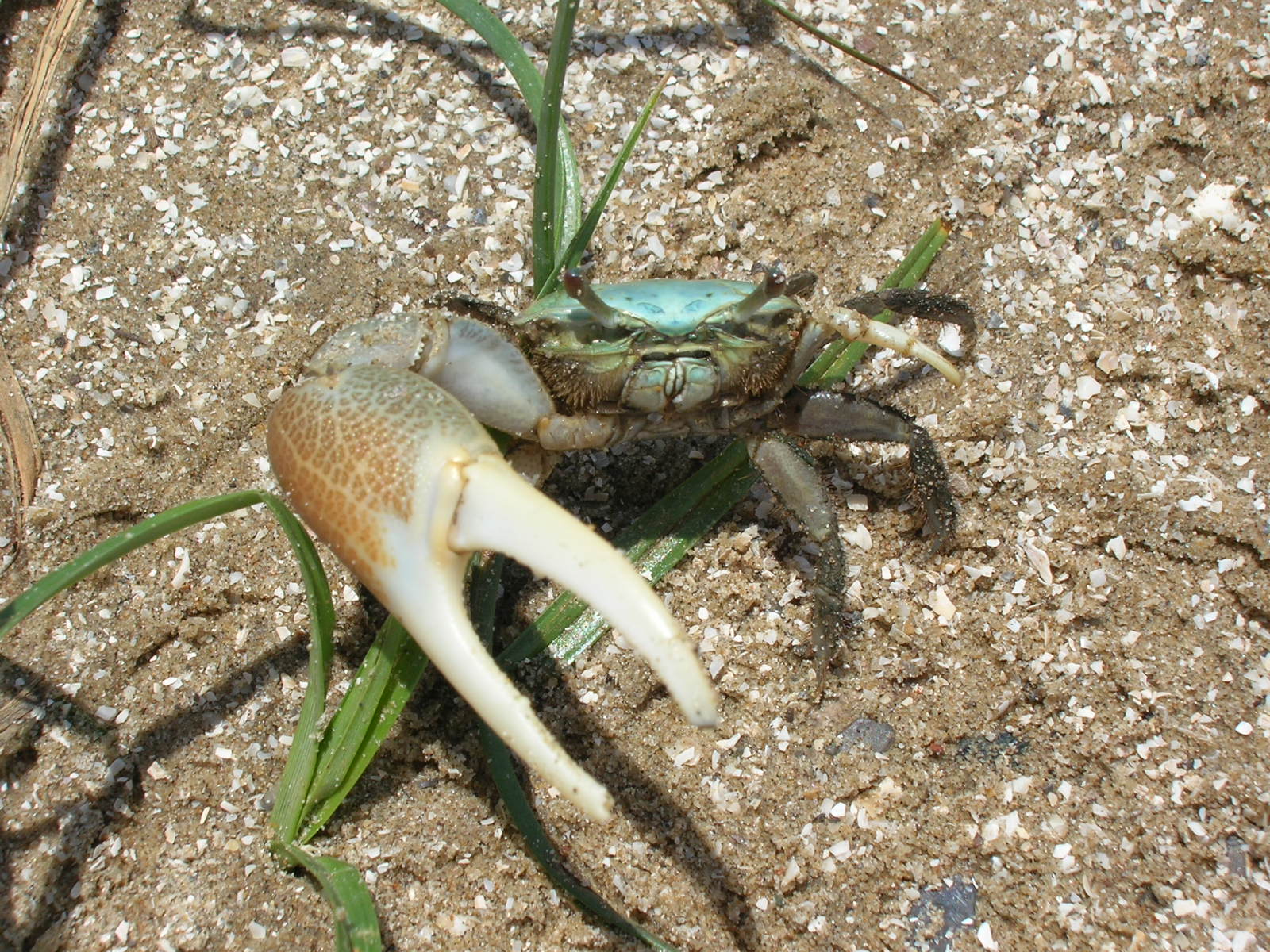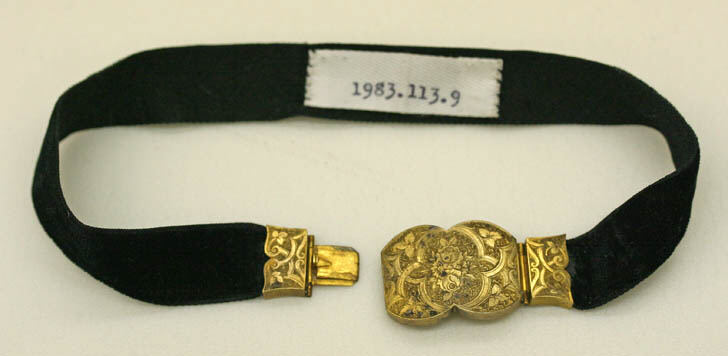|
Breast Forms
Breast prostheses are breast forms intended to look like breasts. They are often used temporarily or permanently by women after mastectomy or lumpectomy procedures, but may also be used by for aesthetic purposes. There are a number of materials and designs; although, the most common construction is gel (silicone or water-based) in a plastic film meant to feel similar to a person's skin. Prostheses may be purchased at a surgical supply store, pharmacy, custom lingerie shop, or even through private services that come to a person's home. There are many types of ready made breast prostheses including full or standard prostheses, partial prostheses such as shell prostheses, and stick on prostheses. Customized options are also available from specialty shops, which are moulded to fit an individual's chest by taking an impression of the breast(s). The areola and nipple may be replicated as part of the breast form or as separate nipple prosthesis. Both custom made and off-the shelf breast ... [...More Info...] [...Related Items...] OR: [Wikipedia] [Google] [Baidu] |
Trans Women
A trans woman or transgender woman is a woman who was assigned male at birth. Trans women have a female gender identity and may experience gender dysphoria (distress brought upon by the discrepancy between a person's gender identity and their sex assigned at birth). Gender dysphoria may be treated with gender-affirming care. Gender-affirming care may include social or medical transition. Social transition may include adopting a new name, hairstyle, clothing style, and/or set of pronouns associated with the individual's affirmed gender identity. A major component of medical transition for trans women is feminizing hormone therapy, which causes the development of female secondary sex characteristics (breasts, redistribution of body fat, lower waist–hip ratio, etc.). Medical transition may also include one or more feminizing surgeries, including vaginoplasty (to create a vagina), feminization laryngoplasty (to raise the vocal pitch), or facial feminization surgery (to fe ... [...More Info...] [...Related Items...] OR: [Wikipedia] [Google] [Baidu] |
Breast
The breasts are two prominences located on the upper ventral region of the torso among humans and other primates. Both sexes develop breasts from the same embryology, embryological tissues. The relative size and development of the breasts is a major secondary sex distinction between females and males. There is also considerable Bra size, variation in size between individuals. Permanent Breast development, breast growth during puberty is caused by estrogens in conjunction with the growth hormone. Female humans are the only mammals that permanently develop breasts at puberty; all other mammals develop their mammary tissue during the latter period of pregnancy. In females, the breast serves as the mammary gland, which produces and secretes milk to feed infants. Subcutaneous fat covers and envelops a network of lactiferous duct, ducts that converge on the nipple, and these tissue (biology), tissues give the breast its distinct size and globular shape. At the ends of the ducts are ... [...More Info...] [...Related Items...] OR: [Wikipedia] [Google] [Baidu] |
Reflection Symmetry
In mathematics, reflection symmetry, line symmetry, mirror symmetry, or mirror-image symmetry is symmetry with respect to a Reflection (mathematics), reflection. That is, a figure which does not change upon undergoing a reflection has reflectional symmetry. In Two-dimensional space, two-dimensional space, there is a line/axis of symmetry, in Three-dimensional space, three-dimensional space, there is a plane (mathematics), plane of symmetry. An object or figure which is indistinguishable from its transformed image is called mirror image, mirror symmetric. Symmetric function In formal terms, a mathematical object is symmetric with respect to a given mathematical operation, operation such as reflection, Rotational symmetry, rotation, or Translational symmetry, translation, if, when applied to the object, this operation preserves some property of the object. The set of operations that preserve a given property of the object form a group (algebra), group. Two objects are symmetr ... [...More Info...] [...Related Items...] OR: [Wikipedia] [Google] [Baidu] |
Tail Of Spence
The tail of Spence (Spence's tail, axillary process, axillary tail) has historically been described as an extension of the tissue of the upper outer quadrant of the breast traveling into the axilla. The "axillary tail" has been reported to pass into the axilla through an opening in the deep fascia called foramen of Langer. The "tail of Spence" was named after the Scottish surgeon James Spence, who served as a President of the Royal College of Surgeons in Edinburgh in the latter half of the 19th Century. A recent publication has presented an updated description of the anatomy of the breast and upper outer chest, calling into question the concept of an axillary tail. The report does not challenge that lymphatic drainage consistently extends from the primary breast into the axilla through the foramen of Langer, but does demonstrate that a superolaterally oriented "tail" of breast fat (with or without ductal tissue) is rarely if ever present. Instead, upper lateral chest anatomy is ... [...More Info...] [...Related Items...] OR: [Wikipedia] [Google] [Baidu] |
Asymmetry
Asymmetry is the absence of, or a violation of, symmetry (the property of an object being invariant to a transformation, such as reflection). Symmetry is an important property of both physical and abstract systems and it may be displayed in precise terms or in more aesthetic terms. The absence of or violation of symmetry that are either expected or desired can have important consequences for a system. In organisms Due to how cell (biology), cells divide in organisms, asymmetry in organisms is fairly usual in at least one dimension, with Symmetry in biology, biological symmetry also being common in at least one dimension. Louis Pasteur proposed that biological molecules are asymmetric because the cosmic [i.e. physical] forces that preside over their formation are themselves asymmetric. While at his time, and even now, the symmetry of physical processes are highlighted, it is known that there are fundamental physical asymmetries, starting with time. Asymmetry in biology Asy ... [...More Info...] [...Related Items...] OR: [Wikipedia] [Google] [Baidu] |
Choker
A choker is a close-fitting necklace worn around the neck, typically 14 inch to 16 inch in length. Chokers can be made of a variety of materials, including velvet, plastic, beads, latex, leather, metal, such as silver, gold, or platinum, etc. They can be adorned in a variety of ways, including with sequins, studs, or a pendant. History Golden choker necklaces were crafted by Sumerian artisans around 2500 BC and according to curators from the Jewelry Museum of Fine Arts, chokers have been around for thousands of years, appearing in Ancient Egypt, in addition to the Sumerians in Mesopotamia. Often made with gold or lapis, the necklaces were thought to be protective and imbued with special powers. Chokers were also later worn in the 1st century A.D. They are mentioned in the ''Talmud'', book Shabbat, chapter 6 as a common women's accessory. 19th Century Neck accessories similar to chokers could be seen commonly throughout the century. Ballerinas and the upper class in the la ... [...More Info...] [...Related Items...] OR: [Wikipedia] [Google] [Baidu] |
Cleavage Enhancement
Cleavage is the narrow depression or hollow between the breasts of a woman. The Superior (anatomy), superior portion of cleavage may be accentuated by clothing such as a low-cut neckline that exposes the division, and often the term is used to describe the low neckline itself, instead of the term décolletage. Joseph Breen, head of the U.S. film industry's Production Code Administration, coined the term in its current meaning when evaluating the 1943 film ''The Outlaw'', starring Jane Russell. The term was explained in ''Time (magazine), Time'' magazine on August 5, 1946. It is most commonly used in the parlance of Western fashion, Western female fashion to refer to necklines that reveal or emphasize wikt:décolletage, ''décolletage'' (display of the upper breast area). The visible display of cleavage can provide erotic pleasure for those who are sexually attracted to women, though this does not occur in all cultures. Explanations for this effect have included evolutionary psycho ... [...More Info...] [...Related Items...] OR: [Wikipedia] [Google] [Baidu] |
Cross-dressing
Cross-dressing is the act of wearing clothes traditionally or stereotypically associated with a different gender. From as early as pre-modern history, cross-dressing has been practiced in order to disguise, comfort, entertain, and express oneself. Socialization establishes social norms among the people of a particular society. With regard to the social aspects of clothing, such standards may reflect guidelines relating to the style, color, or type of clothing that individuals are expected to wear. Such expectations may be delineated according to gender roles. Cross-dressing involves dressing contrary to the prevailing standards (or in some cases, laws) for a person of their gender in their own society. The term "cross-dressing" refers to an action or a behavior, without attributing or implying any specific causes or motives for that behavior. Cross-dressing is not synonymous with being transgender. Terminology The phenomenon of cross-dressing is seen throughout recorded histor ... [...More Info...] [...Related Items...] OR: [Wikipedia] [Google] [Baidu] |
Quadrantectomy
A quadrantectomy, also referred to as a segmental or partial mastectomy, is a breast-conserving surgery for breast cancer in which one quarter of breast tissue is removed along with muscles of the chest wall within a 2 to 3 centimeter radius of a tumor. This procedure is an alternative to a radical or simple mastectomy, in which an entire breast is removed. In a study that followed patients who underwent this procedure, it was found that only 9% of people who had a quadrantectomy experienced a relapse of the cancer. See also * Mastectomy * Lumpectomy Lumpectomy (sometimes known as a tylectomy, partial mastectomy, breast segmental resection or breast wide local excision) is a surgical removal of a discrete portion or "lump" of breast tissue, usually in the treatment of a malignant tumor or bre ... References {{Operations and other procedures of the integumentary system Surgical removal procedures Breast cancer Breast surgery ... [...More Info...] [...Related Items...] OR: [Wikipedia] [Google] [Baidu] |
Japanese Breast Prostheses Made By Maeda Mold
Japanese may refer to: * Something from or related to Japan, an island country in East Asia * Japanese language, spoken mainly in Japan * Japanese people, the ethnic group that identifies with Japan through ancestry or culture ** Japanese diaspora, Japanese emigrants and their descendants around the world * Japanese citizens, nationals of Japan under Japanese nationality law ** Foreign-born Japanese, naturalized citizens of Japan * Japanese writing system, consisting of kanji and kana * Japanese cuisine, the food and food culture of Japan See also * List of Japanese people * * Japonica (other) * Japanese studies , sometimes known as Japanology in Europe, is a sub-field of area studies or East Asian studies involved in social sciences and humanities research on Japan. It incorporates fields such as the study of Japanese language, history, culture, litera ... {{disambiguation Language and nationality disambiguation pages ... [...More Info...] [...Related Items...] OR: [Wikipedia] [Google] [Baidu] |






